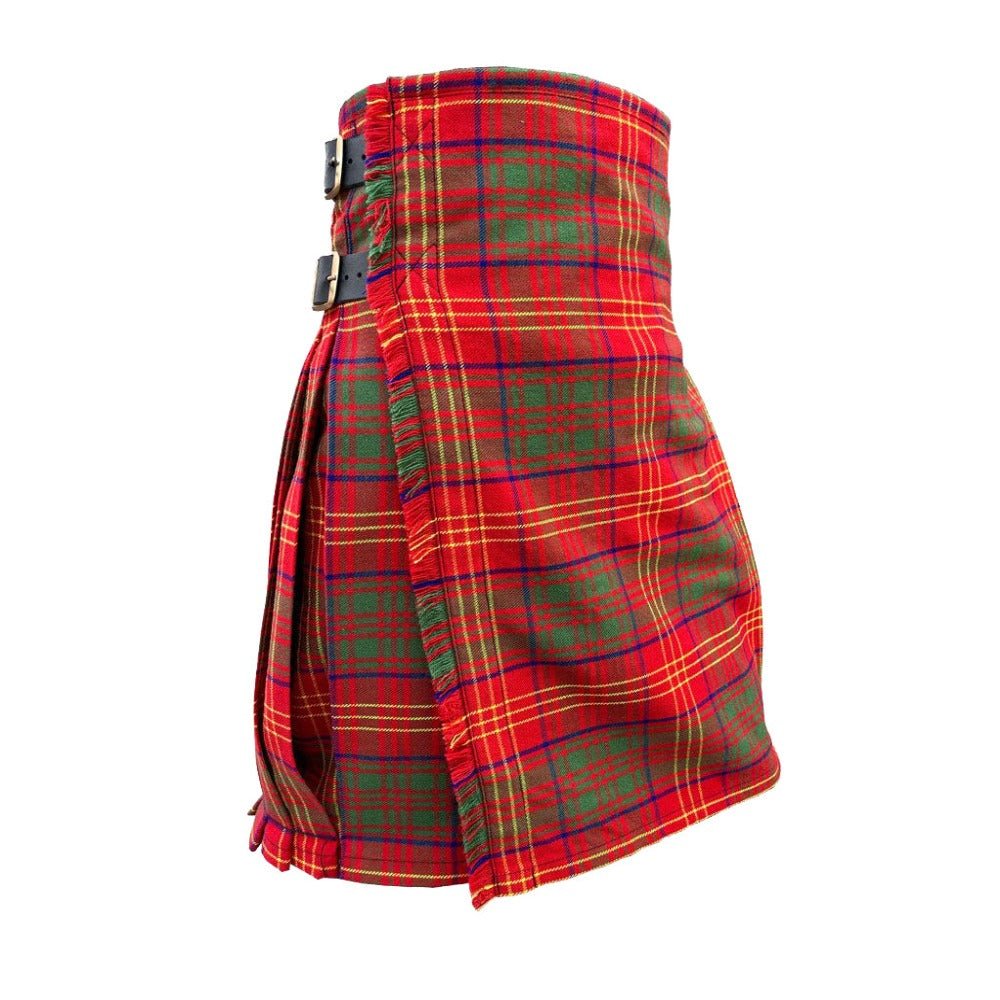

Burns Tartan Kilt Traditional Scottish Style
Rich history is adumbrated by the Burns Tartan Kilt as the national bard of Scotland, Robert Burns. Hailing from the Ayrshire region, the Burns Tartan Kilt has been a landmark since the birth of Robert Burns in 1759; indeed, the tartan bears witness to the cultural icon and the poetic giant.
The Burns Tartan Kilt reflects the rural landscapes and adventurous spirit of Scotland under traditional Scottish craftsmanship. The combination of shades of red, green, and yellow predominantly is indicative of rich Scottish moor landscapes and seasonal changes as inspired by the poetic styles of Burns.
Robert Burns himself continued to be a poet and, at the same time, was quintessence of Scottish national identity during the Romantic era. His poems such as "Auld Lang Syne" and "To a Mouse" portrayed the rural Scottish life and associated that life with the resilience of its people. It is because of him that, later on, was born the Burns Tartan Kilt representing pride in cultural heritage.
The Burns Tartan Kilt, a once-useful dress for the Scottish Highlands, has become something that can be donned by Scottish Highlanders with pride during festive occasions and ceremonies. Its pattern's meaning has intertwined itself inescapably within the identity of Scotland and not only highlighted the grand beauty of the Scottish Highland but also the eloquence of Robert Burns's poem.
Today, Burns Tartan Kilt adorns the bodies of Scotsmen and women around the world. And it is not just a fashion wear but also an experience for them to be close to Scotland's literary icon. It is a reminder that the work of Robert Burns will continue to live long after he is gone as would many aspects of Scottish culture.
Conclusion: The Burns Tartan Kilt signifies the preservative powers of poetry and its forever legacy through the writings of Robert Burns. This kilt in its bright colors and intricate designs symbolizes the spirit of Scotland as it embodies cultural heritage and pride.
Choose options


